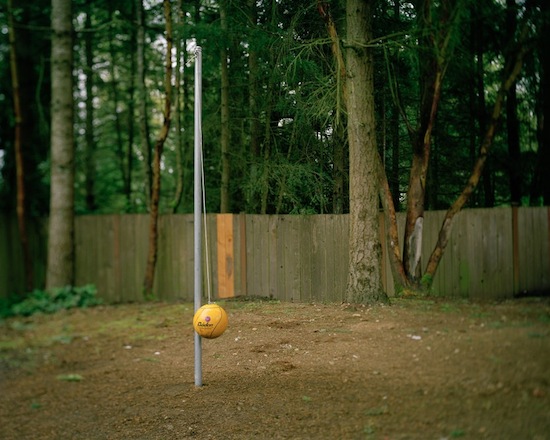
Image Credit: Stephen Chalmers
H/T: Lauren Gantz
Death is often in the news, whether it involves major singers, local Austin celebrities, or Twitter death hoaxes. Yet when we visualize death, it’s typically in memorials, not actual pictures of dead bodies. We’ve come some ways from the Victorian memento mori photographs which attempted to render the corpse vital and to serve, as Jamie Fraser notes, “as a keepsake to remember the deceased.” While traditional burial practices, which use embalming fluids to delay putrefaction and decomposition, likewise make the corpse appear as lifelike as possible, most people don’t make hair rings or take pictures of the dead to remember them. In this way, we remember the dead as not dead—as lively. In his photography series Unmarked, Stephen Chalmers presents an alternative way to represent death.
Recent comments
2 years 29 weeks ago
2 years 44 weeks ago
2 years 44 weeks ago
2 years 50 weeks ago
3 years 4 weeks ago
3 years 4 weeks ago
3 years 4 weeks ago
3 years 6 weeks ago
3 years 6 weeks ago
3 years 6 weeks ago